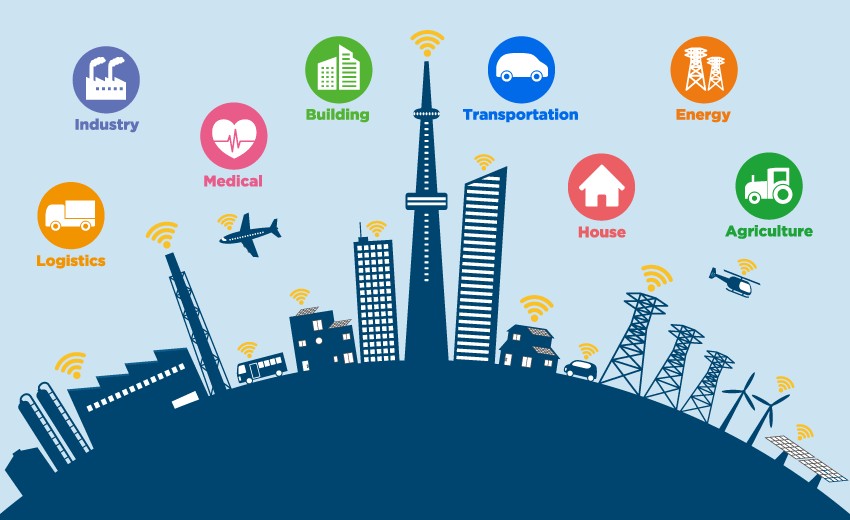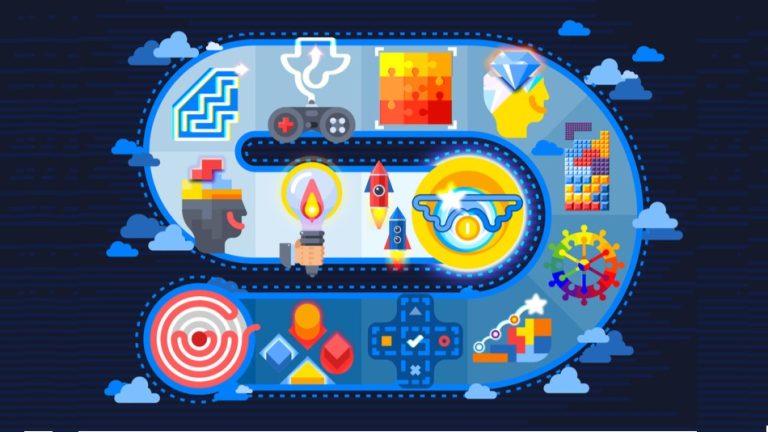The Role of IoT in Smart Cities
The concept of smart cities has gained momentum as urban areas grapple with the challenges of population growth, resource management, and sustainability. At the heart of this transformation is the Internet of Things, or IoT—a network of interconnected devices that collect, share, and analyze data to improve the efficiency and quality of urban life. IoT is not just a technological upgrade; it’s a foundational element that enables cities to become more responsive, adaptive, and citizen-centric. By embedding intelligence into infrastructure, transportation, energy systems, and public services, IoT is redefining how cities operate and how people experience them.
One of the most visible applications of IoT in smart cities is in traffic and transportation management. Sensors embedded in roads, traffic lights, and vehicles can monitor congestion in real time, allowing city planners to adjust signal timings, reroute traffic, and provide updates to commuters through mobile apps. This dynamic approach reduces travel time, lowers emissions, and enhances safety. For example, a city might deploy smart parking systems that guide drivers to available spots, minimizing the time spent circling blocks and easing pressure on busy streets. These systems rely on IoT-enabled sensors and cloud-based analytics to deliver timely, actionable information.
Public safety is another area where IoT is making a significant impact. Surveillance cameras equipped with AI and connected to centralized monitoring systems can detect unusual activity and alert authorities instantly. Environmental sensors can monitor air quality, noise levels, and radiation, helping cities respond to health risks and enforce regulations. In emergency situations, IoT devices can facilitate faster response times by providing real-time data on location, severity, and resource availability. For instance, smart streetlights can brighten automatically in response to movement, improving visibility and deterring crime. These innovations create safer urban environments while optimizing the use of public resources.
Energy efficiency is a critical concern for modern cities, and IoT plays a pivotal role in managing consumption. Smart grids use IoT devices to balance supply and demand, detect outages, and integrate renewable energy sources more effectively. Buildings equipped with smart meters and automated systems can adjust lighting, heating, and cooling based on occupancy and usage patterns. This not only reduces energy waste but also lowers costs for both municipalities and residents. A city implementing smart energy solutions might see significant reductions in carbon emissions, contributing to broader sustainability goals and improving overall quality of life.
Waste management is another domain where IoT is driving innovation. Traditional collection routes often lead to inefficiencies, with trucks servicing bins that are only partially full. IoT-enabled waste bins can monitor fill levels and send alerts when they need to be emptied, allowing for optimized routing and scheduling. This reduces fuel consumption, labor costs, and environmental impact. Moreover, data collected from these systems can inform long-term planning, such as identifying areas with higher waste generation and tailoring recycling programs accordingly. The result is a cleaner, more efficient city that responds intelligently to its needs.
Water management benefits significantly from IoT integration as well. Sensors can detect leaks, monitor water quality, and track usage in real time. This helps utilities respond quickly to issues, prevent waste, and ensure safe drinking water. In regions prone to drought or flooding, IoT systems can provide early warnings and support adaptive strategies. For example, smart irrigation systems in public parks can adjust watering schedules based on weather forecasts and soil moisture levels, conserving water while maintaining green spaces. These capabilities are essential for building resilient urban infrastructure in the face of climate change.
Citizen engagement is also enhanced through IoT. Mobile apps and digital platforms connected to city systems allow residents to report issues, access services, and receive updates on everything from transit delays to public events. This two-way communication fosters transparency and trust, making governance more participatory and responsive. A city that integrates IoT into its public services can offer personalized experiences, such as notifying residents about nearby road closures or tailoring alerts based on location and preferences. These interactions make citizens feel more connected and empowered, reinforcing the social fabric of the urban environment.
The implementation of IoT in smart cities does come with challenges. Data privacy, cybersecurity, and interoperability are critical concerns that must be addressed to ensure safe and effective deployment. Cities must establish robust frameworks for data governance, invest in secure infrastructure, and promote standards that allow different systems to work together seamlessly. Collaboration between public agencies, private companies, and academic institutions is essential to navigate these complexities and unlock the full potential of IoT. When done thoughtfully, the integration of IoT can transform cities into living ecosystems that learn, adapt, and evolve with the needs of their inhabitants.
Ultimately, the role of IoT in smart cities is about creating environments that are not only more efficient but also more humane. It’s about using technology to enhance everyday experiences, reduce friction, and support sustainable growth. As urban populations continue to rise, the need for intelligent infrastructure becomes more urgent. IoT offers a pathway to meet this demand, enabling cities to function as responsive, data-driven entities that prioritize the well-being of their residents. The journey toward smarter cities is ongoing, but with IoT as a cornerstone, the future looks increasingly connected, intelligent, and inclusive.







